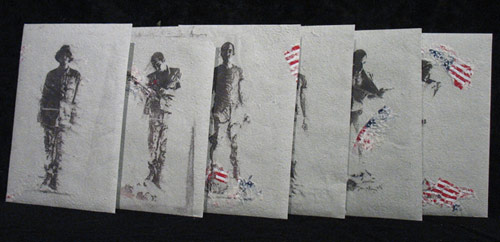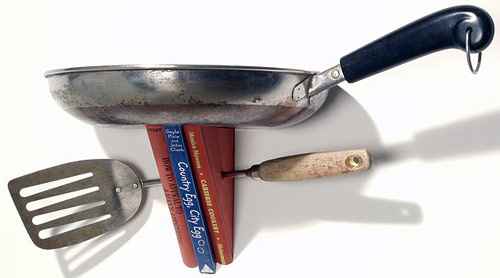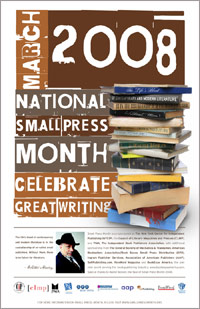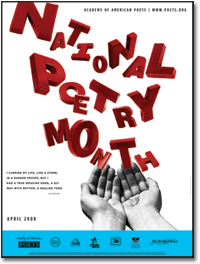 Every year in April, in honor of National Poetry Month, I pull A Poem A Day from my bookshelf. It has 366 poems, organized seasonally, that are mostly short and, according to the anthologists, examples of poetry that is worth memorizing. One editor says “To memorize a poem is much more than a mental exercise. Indeed, it is the only way to truly know a poem.” I’m not particularly good at memorizing entire poems — or songs or movie dialogue for that matter — I know lots of first lines, but never get much further. So every April I open the book and wonder if this year will be different and I’ll memorize one of them. Probably not, but I always enjoy reading one or two before I go to sleep each night. Here’s last night’s selection:
Every year in April, in honor of National Poetry Month, I pull A Poem A Day from my bookshelf. It has 366 poems, organized seasonally, that are mostly short and, according to the anthologists, examples of poetry that is worth memorizing. One editor says “To memorize a poem is much more than a mental exercise. Indeed, it is the only way to truly know a poem.” I’m not particularly good at memorizing entire poems — or songs or movie dialogue for that matter — I know lots of first lines, but never get much further. So every April I open the book and wonder if this year will be different and I’ll memorize one of them. Probably not, but I always enjoy reading one or two before I go to sleep each night. Here’s last night’s selection:
To Daffodils
by Robert Herrick (1591-1674)
Fair Daffodils, we weep to see
You haste away so soon;
As yet the early-rising sun
Has not attain’d his noon.
Stay, stay,
Until the hasting day
Has run
But to the even-song;
And, having pray’d together, we
Will go with you along.
We have short time to stay, as you,
We have as short a spring;
As quick a growth to meet decay,
As you, or anything.
We die
As your hours do, and dry
Away,
Like to the summer’s rain;
Or as the pearls of morning’s dew,
Ne’er to be found again.
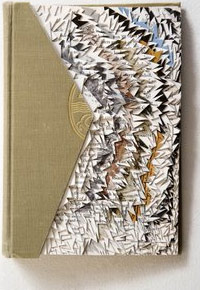 My friend Kate recommended that I read this interview with Australian-based artist Nicholas Jones about his book sculptures. (That’s one of Jones’ books to the left.) Kate says “Granted he’s destroying while he creates, but the forms are incredible.” I have to agree — hope you enjoy the interview too — if for nothing else but the pictures of his work and his studio!
My friend Kate recommended that I read this interview with Australian-based artist Nicholas Jones about his book sculptures. (That’s one of Jones’ books to the left.) Kate says “Granted he’s destroying while he creates, but the forms are incredible.” I have to agree — hope you enjoy the interview too — if for nothing else but the pictures of his work and his studio! 
